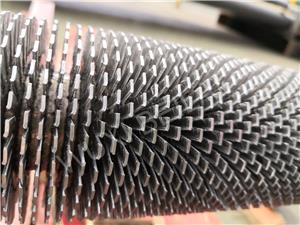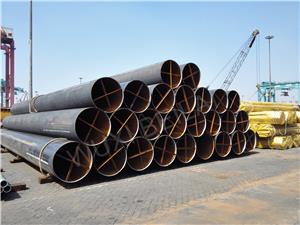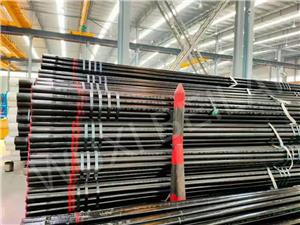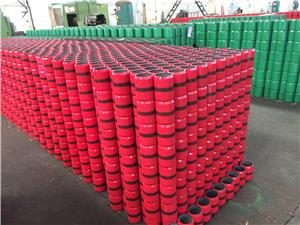Alloy Steel Pipe Seamless vs Welded: A Complete Guide by BEILAI
As a leading alloy steel pipe supplier, BEILAI provides high-performance piping solutions for industries that demand durability, strength, and resistance to extreme conditions. One of the most common questions we receive from our clients is the difference between alloy steel pipe seamless vs welded. In this article, we will explore the characteristics, manufacturing processes, applications, and advantages of each type, ensuring you have the knowledge to make the right choice for your project.
1. Understanding Alloy Steel Pipe
An alloy steel pipe is made from steel combined with alloying elements such as chromium, molybdenum, nickel, and vanadium to enhance its mechanical properties. These pipes are widely used in high-temperature, high-pressure, and corrosive environments, such as in the oil and gas, power generation, and chemical processing industries. The choice between alloy steel pipe seamless vs welded can significantly impact performance and cost.
2. What is Seamless Alloy Steel Pipe?
A seamless alloy steel pipe is manufactured from a solid billet that is pierced to create a hollow tube. It has no welded seam, which provides superior strength and uniformity. Seamless pipes are particularly suited for high-pressure applications because the absence of a seam eliminates the potential weak point.
Advantages of Seamless Alloy Steel Pipe:
Higher strength and pressure resistance
Better uniformity in wall thickness
Superior performance in critical environments
Ideal for high-temperature and high-pressure service
3. What is Welded Alloy Steel Pipe?
A welded alloy steel pipe is manufactured by rolling a steel plate or strip into a cylindrical shape and welding the seam. Depending on the welding method, the seam can be longitudinal (ERW or LSAW) or spiral (SSAW). Welded pipes are generally more cost-effective than seamless pipes and are available in larger diameters.
Advantages of Welded Alloy Steel Pipe:
Lower production cost
Available in larger diameters and longer lengths
Shorter manufacturing lead time
Suitable for low to medium pressure applications
4. Alloy Steel Pipe Seamless vs Welded: Key Differences
| Feature | Seamless Alloy Steel Pipe | Welded Alloy Steel Pipe |
|---|---|---|
| Manufacturing Process | Pierced from solid billet | Rolled plate/strip with welded seam |
| Strength | Higher due to no seam | Slightly lower due to seam |
| Pressure Resistance | Excellent for high pressure | Good for moderate pressure |
| Cost | Higher | Lower |
| Diameter Availability | Limited | Large diameters possible |
5. Applications of Alloy Steel Pipe
Both seamless and welded alloy steel pipes are used across industries. Seamless types excel in applications like power plant boilers, oil refineries, and high-pressure pipelines, while welded types are common in structural applications, low-pressure fluid transport, and large-diameter water pipelines.
6. Factors to Consider When Choosing
Operating Pressure: High pressure favors seamless.
Temperature: Seamless performs better in extreme heat.
Budget: Welded offers cost savings.
Diameter Requirements: Welded allows larger diameters.
7. Why Choose BEILAI for Alloy Steel Pipe?
BEILAI provides both seamless and welded alloy steel pipes that meet international standards such as ASTM, ASME, and API. We ensure strict quality control, offering products with excellent dimensional accuracy, surface finish, and mechanical properties. Our expert team can guide you on selecting the right alloy steel pipe seamless vs welded option for your specific project needs.
8. Conclusion
Understanding the differences between alloy steel pipe seamless vs welded is critical for optimal performance and cost-effectiveness in industrial applications. At BEILAI, we are committed to delivering the highest-quality piping solutions tailored to your operational requirements.




